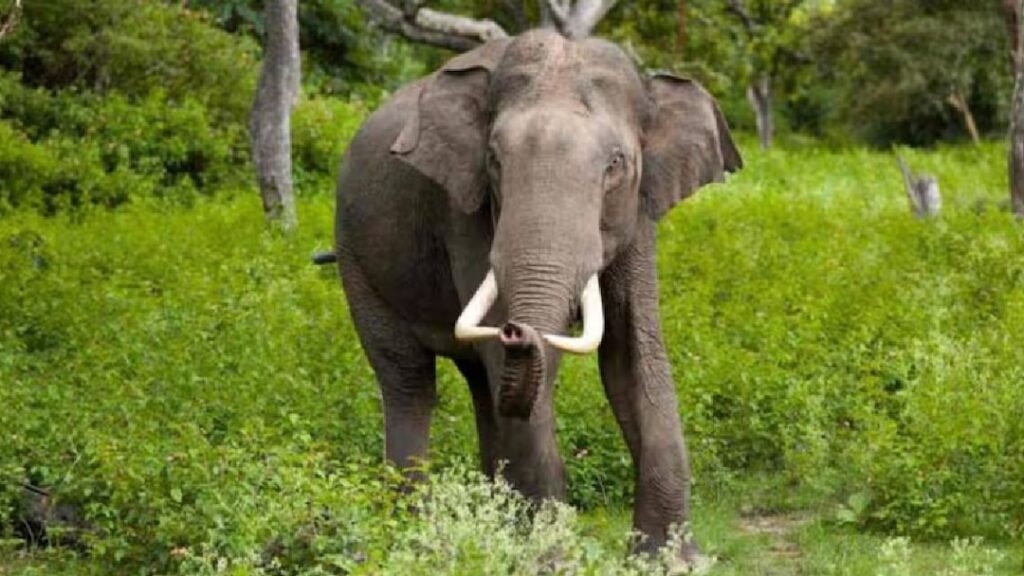
Chhattisgarh has been grappling with human-wildlife conflict, resulting in significant loss of life. According to reports, 595 lives have been lost in the past 11 years due to encounters with wild animals ¹. This alarming number highlights the need for effective measures to mitigate the conflict.
The state’s forest departments have been working to address the issue. For instance, the Udanti Sitanadi Tiger Reserve has seen no loss of human or animal life in the past two years, thanks to the efforts of tracker teams and rapid response units ². These teams work tirelessly to monitor animal movements and alert villagers, thereby preventing conflicts.
Despite these efforts, human-elephant conflicts remain a significant concern. Elephant populations have grown in Chhattisgarh, leading to increased encounters with humans. According to a report by Greenpeace India, human deaths due to elephant attacks have increased eight times since 2005, with an average of 25 deaths per year ³.
The Chhattisgarh government has been criticized for its handling of the situation. Environmental activists argue that the state’s focus on mining and industrial activities has exacerbated the conflict. They demand a more comprehensive approach to managing human-wildlife conflict, including the establishment of protected areas and compensation for affected communities.
To address the issue effectively, the state government must engage with local communities, environmental activists, and wildlife experts to develop a holistic strategy. This could include measures such as habitat restoration, wildlife corridors, and community-led conservation initiatives. By working together, it is possible to reduce the incidence of human-wildlife conflict and promote coexistence with wildlife.
